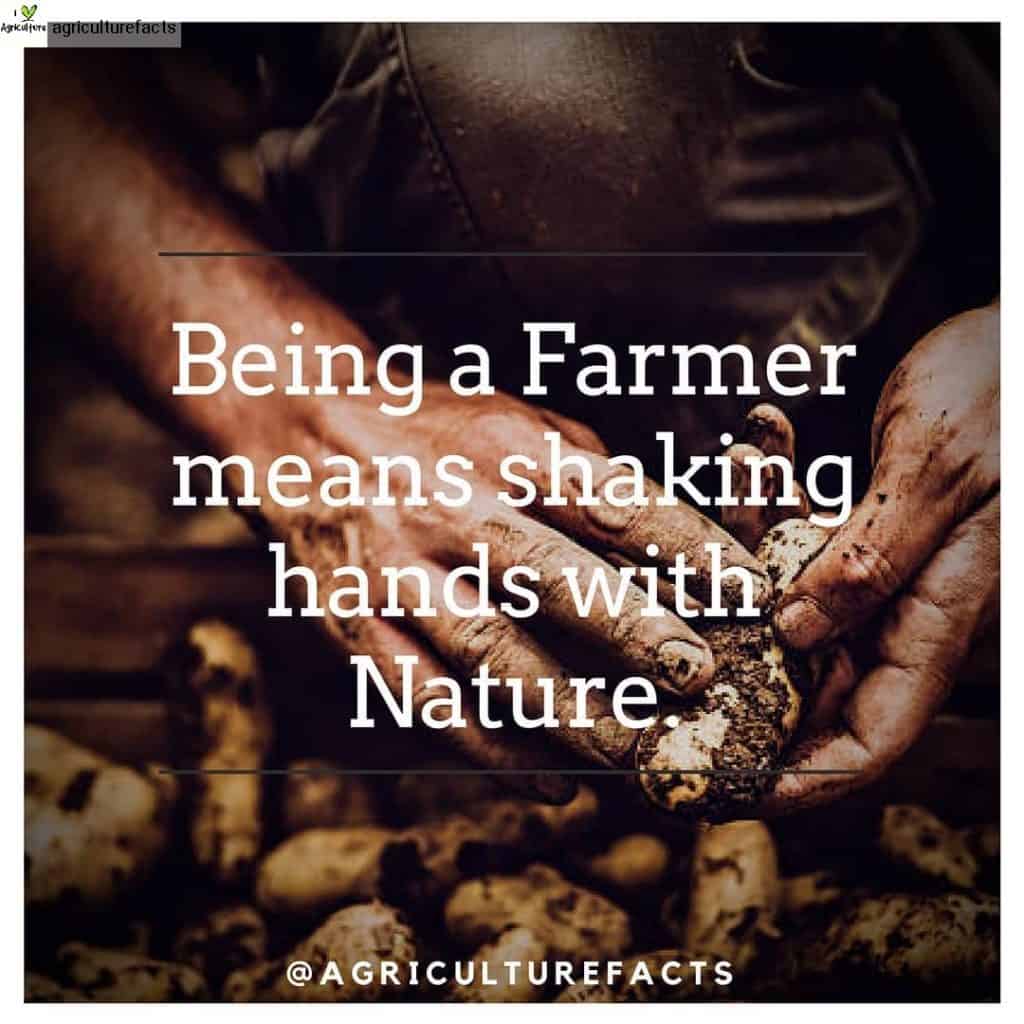By Gemma Carroll, Communications & Engagement Officer for Potatoes New Zealand
On Friday the 13th September a room of bright minds met to workshop the Potatoes NZ Emissions Project and Taskforce. 20 experts comprised of growers, agronomists, researchers, advisors and the PNZ team drilled down into what the new regional council plans will mean to our industry, the increasing requirement for industries to understand and predict their environmental emissions, how we can best meet the requirements and the methods required for our Emissions Project’s aims.
PNZ-79 Emissions Project has been in the planning stages for some time and several smaller projects have been building towards this sustainable industry project.
It is a multi-workstream nationwide project to analyse nitrate uptake and nutrient leaching, calculate carbon emissions, test Teralytic probe data efficacy and validate Overseer predictions for potato crops in multiple regions throughout New Zealand.
The overall aims are:
- To maintain the potato industry’s social license to operate
- To protect the ability to grow, process & export potatoes, whilst meeting environmental standards and maintaining international competitiveness
- To ensure industry access to land, water and nutrients through National, Regional and farm programs in order to achieve industry growth targets.
We anticipate the outcome will be a greater understanding of how much nitrate and nutrients potatoes take-up and how much they possibly leach, whilst also clarifying the most effective means of measuring this.
PNZ will then be able to provide growers with the tools to easily manage and meet requirements. Our Emissions Taskforce will do the testing and development work and growers will reap the rewards of a smart and sustainable approach to farm management.
Here’s the project pathway:
Test & Investigate
Workstream 1, involves Plant and Food Research (PFR) researching nitrate leaching below the potato root, before, during and after crop season. This will involve both field testing and a literature review.
PFR will also look at solutions to mitigate leaching, measuring technologies and recovering the Potato Calculator dataset.
Trial & Observe
Workstream 2, involves regional trials and on-farm Teralytic probes, using cultivars for chip processing, crisp processing and table/ware varieties. The regional workstream will be managed collaboratively by a team comprised of Agrilink, LandWISE and PNZ. Essentially this workstream is to find the best method of measuring.
It builds on the recently completed Remote Sensor Nutrient Management Trials (PNZ-67) and runs in parallel with standard soil testing methods and Overseer modelling from Workstream 3.
The regional trial results will be compared with PFR Lincoln trial results. Where available and appropriate data from the PFR fluxmeter network will be utilized to further corroborate nitrate leachate levels measured.
Other projects such as the recently completed Don’t Muddy the Waters (PNZ 12) and the Future Proofing Vegetable Production (PNZ-62) and NZGAP Soil Erosion & Phosphate Dashboard (PNZ-73) will be integrated with the regional trials to ensure that there is an overall coherent approach to potato nutrient emission research.
The Teralytic data will be analysed to evaluate its effectiveness in crop management and its possible usage as a monitoring and compliance tool for nutrient emissions.
Improve & Learn
Workstream 3, run by LandWISE will test tubers, soil and Overseer on-farm, across 3 regions.
Values recorded will be used to provide crop biomass and N uptake to validate Overseer growth rate parameters. We expect there may be regional variances and cultivar differences which if identified will be used to improve compliance model.
International experts as part of the project will review existing Overseer potato growth parameters and peer review the taskforce activities.
LandWISE will use the scientific version of Overseer work and track the sites. Overseer predictions of nitrate leaching in the regional sites will be compared with the empirical regional trial data.
Measure & Manage
Workstream 4, develops Information Systems in order to aggregate and share data and to carry out extension activities with growers.
Data and recommended best practice will be communicated via technical bulletins to growers and the industry.
PNZ is undertaking an information systems upgrade in the background that will enable the emissions data to be captured and shared, as well as greater capture and ease of input for all information to/from industry.
Workstream 4 is also the creation of the Nutrient Compliance & Optimisation Dashboard. PNZ is aiming to share this at the 2020 field walks. The dashboard will map crops, demonstrate compliance guidelines, calculate application rates and report achievements.
In Summary the dashboard will show for each field
- Carbon emitted
- N limit based or Regional Council rules
- N ppm 36-inch limit calculated
- N emitted at 36 inches as average to date
- N projected using Overseer prediction
- N Balance projected using projected yields and planned inputs
- Projected Yield of tubers in MT
- NZGAP Number & GMP compliance
- Levy Compliance
Maintain License
Workstream 5, ensures we meet compliance. It is our regulatory surety. It will outline the work required to support a licensing programme.
The outputs from this report are a parallel but linked project running alongside the other workstreams, looking at accurately measuring the industry footprint and opportunities for mitigation of impacts.
What does it mean for growers?
Growers daily farm management will follow the same process as it always has. The recording of nutrient application volumes (completed or planned) is the data which needs to be recorded.
All other data will be gathered and analysed by the workstreams assigned within the project taskforce.
By the end of the project growers will have intelligent tools to easily manage their farms in an environmentally sustainable way.
Stay up to date with all R&D via our website and ensure you are subscribed to our newsletter.




